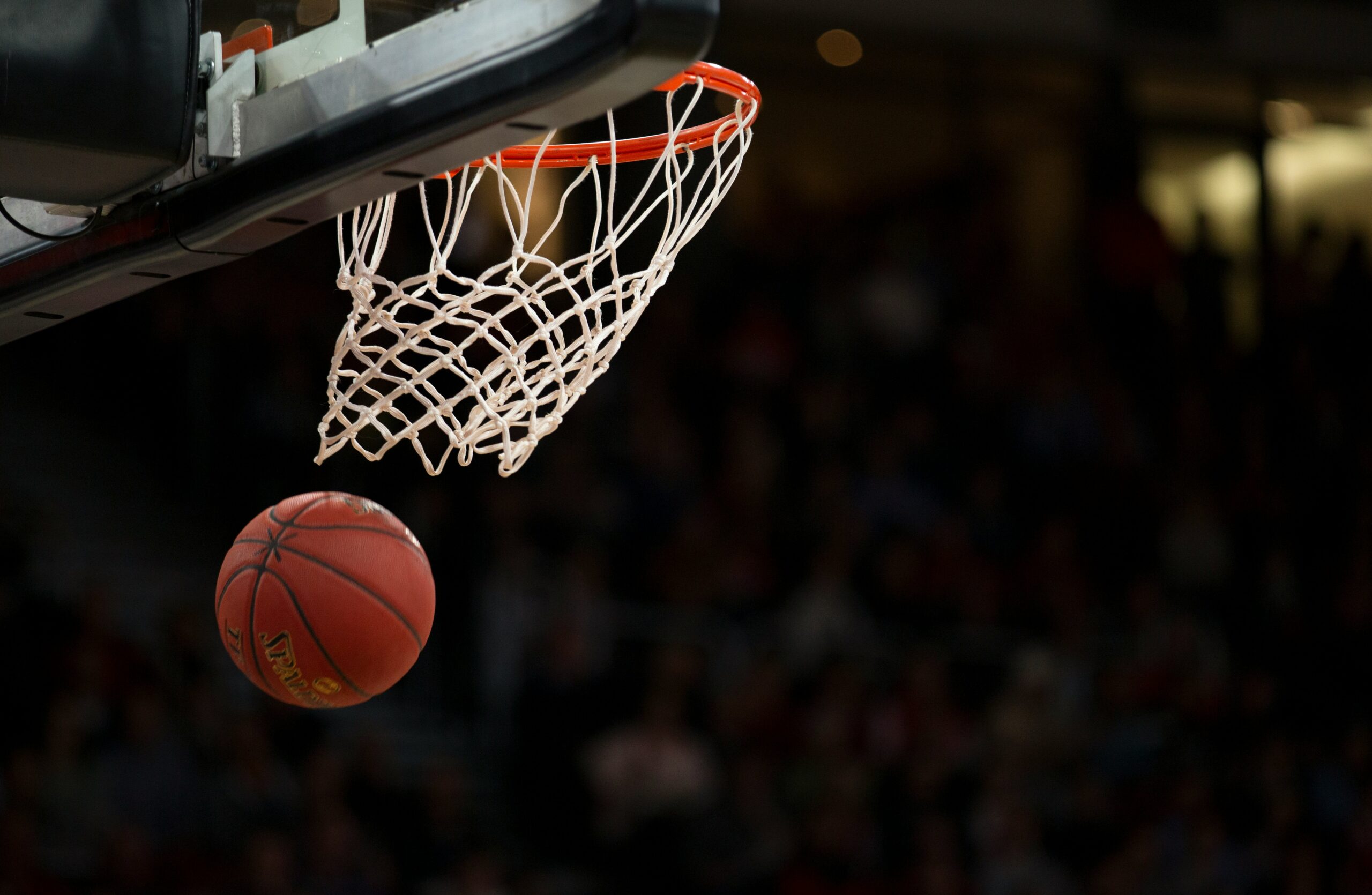Winter sports like basketball and wrestling are highly competitive and physically demanding, requiring agility, strength, and endurance. However, these activities also carry a risk of injury due to the fast-paced movements, physical contact, and repetitive strain involved. Understanding common injuries and how to prevent them can help athletes stay safe and perform at their best.
Common Basketball Injuries
Basketball involves quick stops, sharp turns, jumping, and contact with other players, which all increase the likelihood of injuries. Some of the most frequent basketball-related injuries include:
1. Ankle Sprains
Ankle sprains are the most common injury in basketball. They often occur when a player lands awkwardly after a jump or steps on another player’s foot, causing the ankle to roll or twist.
2. Knee Injuries
Basketball players are at risk for serious knee injuries, such as:
- ACL Tears: Often caused by sudden stops, changes in direction, or landing improperly.
- Meniscus Tears: Result from twisting or pivoting the knee during play.
3. Jammed Fingers
Handling the ball can sometimes lead to fingers getting jammed, especially when the ball hits the tip of the finger at high speed.
4. Muscle Strains
Quick movements and overuse can lead to strains in the hamstrings, quadriceps, or calf muscles.
5. Shoulder Injuries
Collisions or repetitive overhead motions (like shooting) can result in shoulder dislocations or rotator cuff strains.
Common Wrestling Injuries
Wrestling is a contact sport that involves intense physical exertion and close combat, leading to a variety of potential injuries:
1. Shoulder Injuries
The shoulder joint is prone to dislocations and strains due to the pushing, pulling, and twisting motions involved in wrestling.
2. Knee Injuries
Similar to basketball, knee injuries are common in wrestling.
- MCL Sprains: Result from twisting or sudden impacts to the knee.
- Patellar Tendinitis: Overuse of the knee joint during training and competition can cause pain and inflammation.
3. Skin Infections
Close physical contact puts wrestlers at risk for skin infections like ringworm, impetigo, and staph infections. Proper hygiene is essential to prevent these issues.
4. Head and Neck Injuries
Concussions and neck strains can occur from improper technique, falls, or hard impacts during a match.
5. Rib and Back Injuries
Landing awkwardly or being pinned can cause strains or bruises in the ribs and back muscles.
Preventing Injuries in Basketball and Wrestling
Warm Up and Stretch
Always start with a proper warm-up to loosen muscles and increase blood flow. Stretching helps improve flexibility and reduce the risk of strains.
Strengthen Key Muscle Groups
Strength training or sports medicine can help protect vulnerable areas like the knees, shoulders, and core. Focus on exercises that enhance stability and balance.
Use Proper Technique
- In basketball, work on proper landing mechanics and body positioning.
- In wrestling, learn and practice safe takedown and pinning techniques.
Wear Appropriate Gear
- Basketball players should wear supportive shoes with good traction and ankle support.
- Wrestlers should wear headgear to protect against head injuries and ensure their gear fits properly.
Take Rest Days
Overtraining increases the risk of injuries. Allow time for recovery to prevent overuse injuries like tendinitis.
Maintain Hygiene
Wrestlers should clean mats regularly and shower after practice to prevent skin infections.
The Value of Physical Therapy After an Injury
No matter what sports you participate in, there is always a chance of injury. If you experience an injury, make sure to see a sports physical therapist to help you through the recovery process. It can help speed up recovery and give you all the tools to get back on your feet. Call us at Pick PT if you have any questions about what we can help you with after a winter sports injury!



